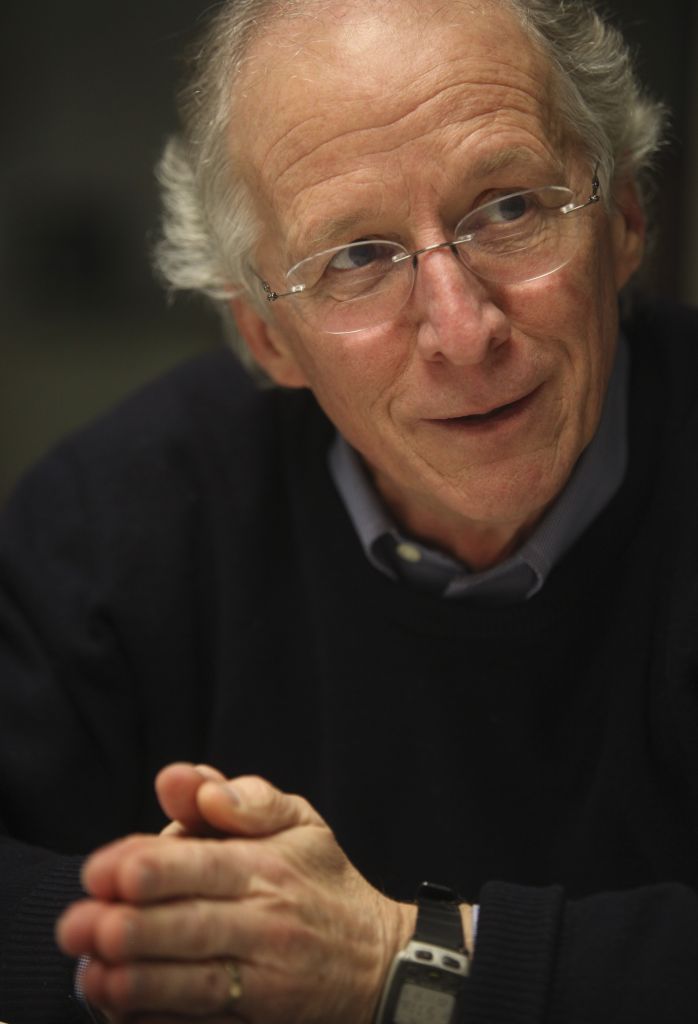Healed for the Sake of Holiness
John Piper, August 2009
in spite of Jesus’ power to heal, our world continues to be shot through with sin and disease and calamity and death. (Piper)
Sickness and suffering are abundant. Jesus demonstrates he could stop (or prevent) that if he desired. But he doesn’t.
He didn’t stumble by. He knew what he was doing. He was going to this pool the same way he went to Samaria to find the woman at the well, and the same way he went to sign-seeking, prophet-dishonoring Galilee to find a kingly official who had a sick son. Jesus moves toward need, not comfort. Toward brokenhearted sinners, not the self-righteous. (Piper)
When studying John 4, the same thought had occurred to me. Jesus really went out of his way for this one woman. These weren’t chance occurrences.
So it looks like this healing is not a response to anything religious or faithful about the man. It looks like Jesus healed him simply because his situation was so miserable for so long. In other words, it looks like it came from Jesus’ compassion, not the man’s faith or righteousness. (Piper)
This also reminds me of the woman at the well. Their situations were both so miserable for so long. I think many people can identify with that situation.
Jesus knows what he has done. He healed a man on the Sabbath and told him to carry his bed as a sign and celebration that he is whole. (Piper)
Interestingly, it’s as if Jesus is intentionally trying to cause problems among the legalists. Jesus tells this man to carry his mat despite knowing what the consequences would have been on the sabbath for this man. This man is in the temple. Jesus would have anticipated the antagonism the healed man would experience as soon as ‘he picked up his mat’.
Now notice what is most remarkable here. Jesus healed and disappeared before the man could find out who he was. He didn’t even know who healed him. Does this mean Jesus had no intention of dealing with this man’s soul? Was he content just to do a random miracle and leave the man in ignorance as to where it came from? (Piper)
That does seem strange. Especially to the man. He had been in a miserable condition for 38 years and in a moment that is all changed. And the man responsible for it has left abruptly. That had to have left this man in a state of confusion. Jesus told him to get up, pick up his mat, and walk. And that’s exactly what he does. Where was he supposed to walk to?
Notice two things. At the end of verse 13, the reason Jesus walked away from the man was that there was a crowd there: “Jesus had withdrawn, as there was a crowd in the place.” The place was filled with sick people and, no doubt those who cared for them. Had he stayed there after healing one man there would have been a tumult of miracle-seeking. This is not the main thing Jesus is after. (Piper)
That relates to the point made above. Sickness and suffering are abundant. Jesus exits because there was a crowd in that place. A crowd that included a lot of sick and suffering people. When it was realized what had been done for this man who had been suffering for so long, they would want the same. Jesus could have healed an entire mob. But he exits.
I chose you freely. And I healed you. Now, live in this power. Let the gift of healing, the gift of my free grace, be a means to your holiness.” (Piper)
I think the natural tendency is to wonder why Jesus would only heal this one man and not all of the others. As if there were some sort of moral obligation on Jesus’ end. Rather, if the nature of these men are properly understood, one wonders why Jesus would have healed any of them, especially the one that he healed. These are not victims. Jesus was well aware of the events that would follow before hand. And he still proceeds with this particular man.
I take that—final judgment—to be the “worse thing” (in verse 14) that will happen because there aren’t many natural things worse than the 38 years this man endured, (Piper)
If anyone could appreciate Piper’s point here, it would have been that man.
The implications of this are huge for the diseases and disabilities that we deal with today. Jesus walked into a huge “multitude of invalids” according to verse 3. And he heals one man. Just one. And disappears before even that man can know who he was. He leaves hundreds of invalids behind unhealed. Then he finds the man in a less conspicuous place and puts all the focus on holiness. “Sin no more.” (Piper)
I wonder if this was an offense to the healed man that prompted him to betray Jesus immediately thereafter. Had he seen himself as a victim for the prior 38 years? Now Jesus was telling him not to sin further. I wonder if this enraged him.
The point is this: In the first coming of the Son of God into the world, we receive foretastes of his healing power. The full healing of all his people and all their diseases and disabilities awaits the second coming of Christ. And the aim of these foretastes which we receive now is to call us to faith and holiness. (Piper)
This is helpful in shedding light on the intent of the healing. The purpose was greater. There is an eschatological purpose. It is revelatory of things to come and reveals deeper truths of our current condition.
In John 11 the stench of death illustrates the stench of sin. Here it seems the diseases of the body further illustrate the disease of sin.
Most people who suffer from disabilities in this life will have them to the day they die. And all of us, till Jesus comes again, will die of something. Here and there, some are healed. We believe in miracles. But even though Jesus had all the power to heal, he did not usher in the final day of perfect wholeness. His ministry points to that day. (Piper)
There is a deeper meaning to what is happening here. The nature of man. The consequence of that nature. The nature of God. His desire. And a taste of what he intends for later.

